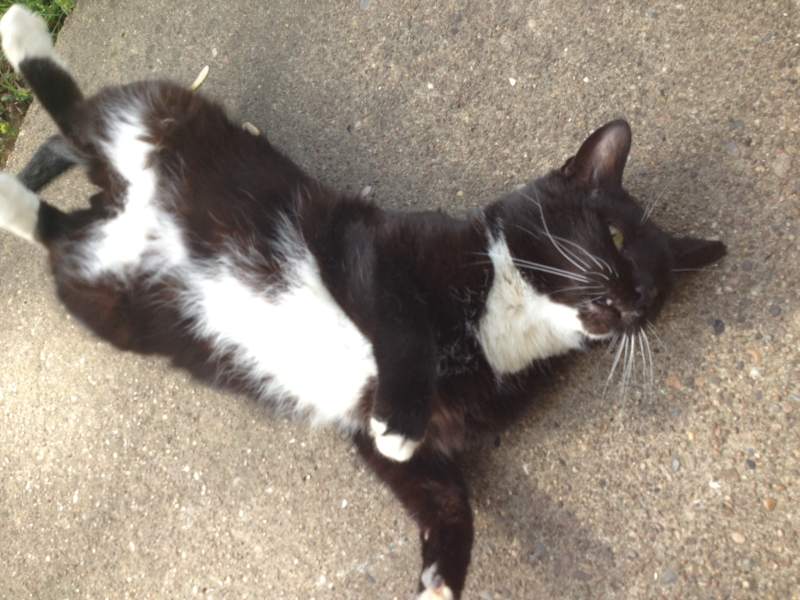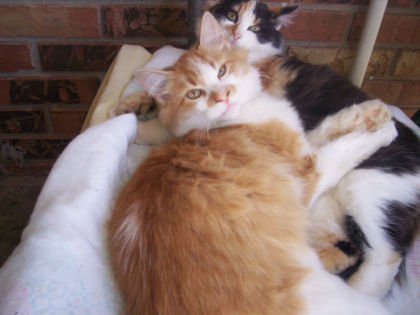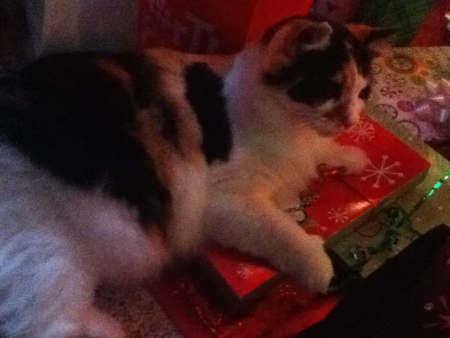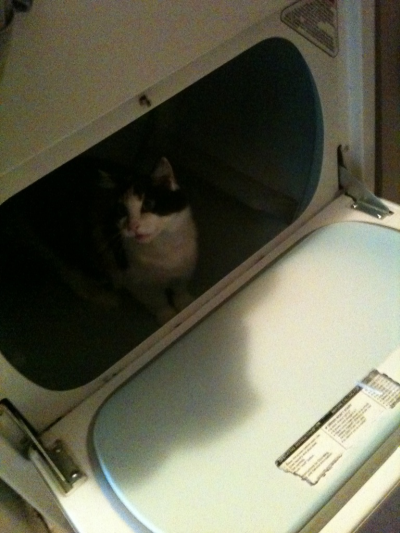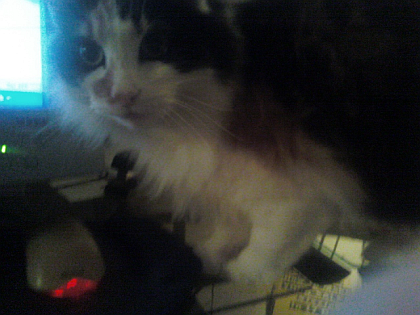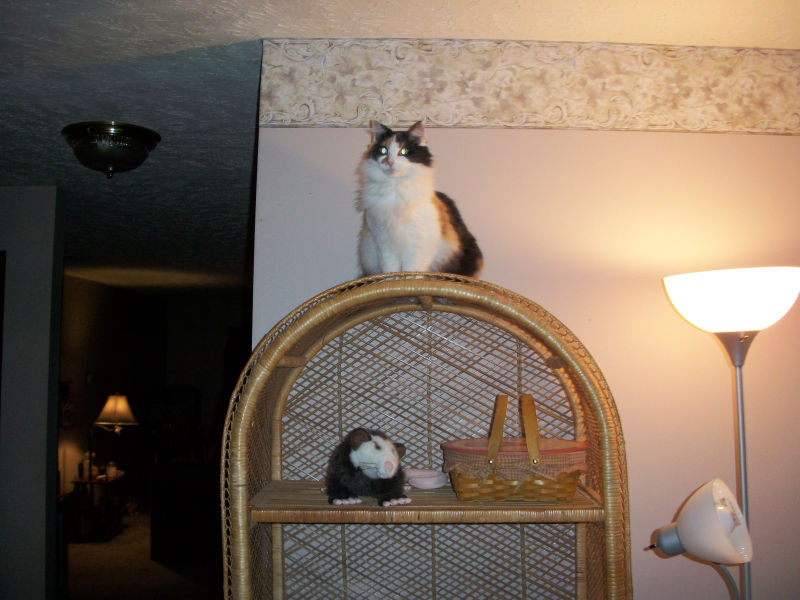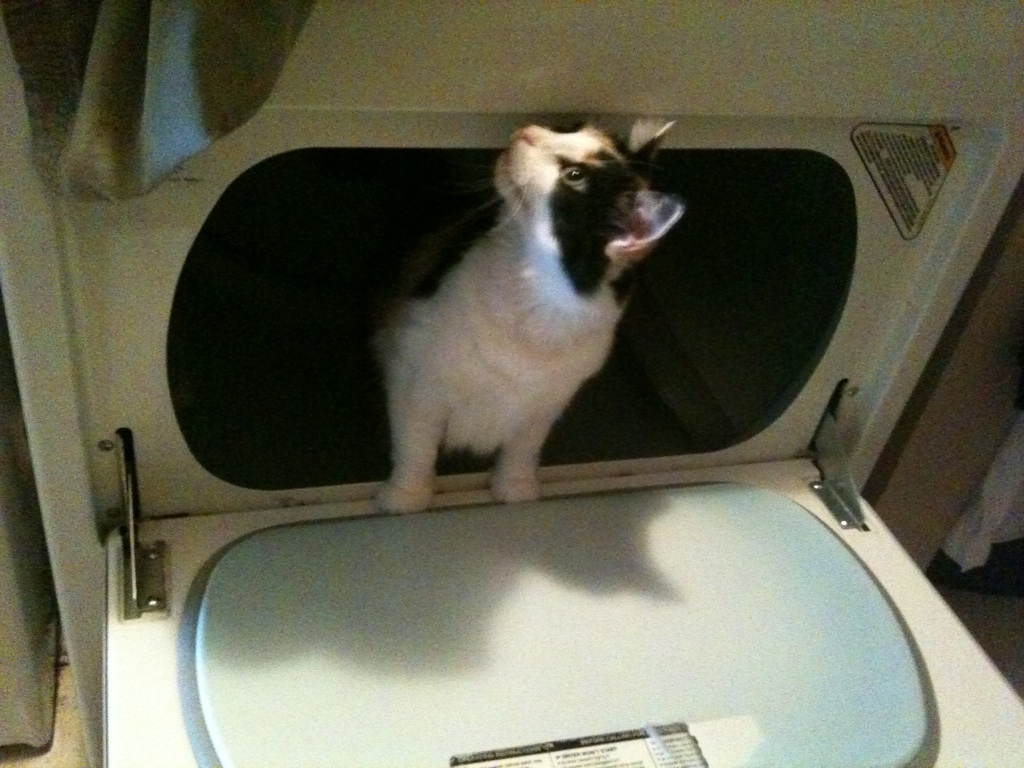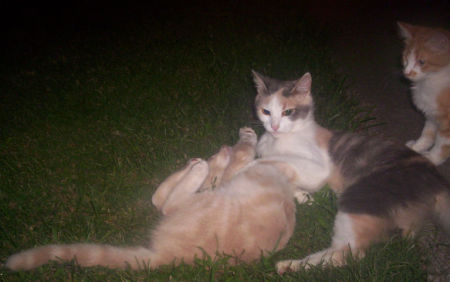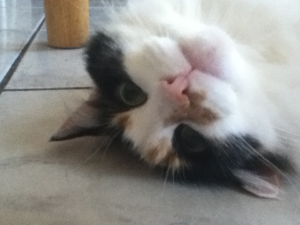Below is a great guest article addressing these very needs.
Overcoming Pet Winter Woes
by Paul Mann
Like humans, pets can experience winder doldrums. Even those living in warmer weather regions are still affected by seasonal changes, which can be especially tough on dogs and cats–particularly those that are used to spending time outdoors.
Beyond the obvious challenge of pets getting less exercise during the winter months, dogs and cats often experience less emotional stimulation during this period and can suffer a variety of adversities, including excessive weight gain, irritability, anxiety and even clinical depression. This can lead to a variety of unsavory behaviors and dissatisfaction for all involved. The more outdoor-oriented the pet, the higher probability that these and other problems will present and persist through the season.
Fortunately, there are a few simple things pet owners can do to physically engage and psychologically stimulate their pets and make everyone happier during the long, cold winter months:
Indoor/Outdoor Fitness
Most dog breeds need to go outside 2-3 times a day, not only to relieve themselves, but also to get some form of exercise and sensory stimulation. Dogs are more likely to go outside in nearly any kind of weather and often love a romp in the snow. Taking your dog outdoors will trigger its natural play instincts. Running, jumping and chasing are natural ways to energize your pet, burn calories and boost metabolism. If you’re not up to the task amid Mother Nature, consider hiring a professional dog walker to happily take on the duty. Indoors, tried-and-true games like fetch, tug-of-war and wrestling can also serve as a great workout that also stimulates a pet’s appetite.
Cats also love to pounce and play, and if they’re stuck in the house you can easily brighten their day with 10-15 minutes of play each day. String, laser pointers, objects on strings and other enticing toys dragged around get your cat into chase mode, keep her busy and burning energy. Find or install a perch by a window where your cat can watch the birds. For those cats that pine to be outdoors, the marketplace has an abundance of outdoor enclosures that also allows cats to run, roam and prance freely in the invigorating fresh air. Of course, moderate the time spent in these enclosures based on the winter weather conditions.
For both dogs and cats, keep a set of toys and laser pointer handy for an energized and sustained play session, either indoors or out, at least once daily. When outdoor play just isn’t an option, there are a number of motorized animal treadmills on the market today that are entirely enjoyable and effective for exercising both Fido and Felix.
Counting Calories
If your dog or cat doesn’t get outdoors as much in the winter as they normally do, it likely doesn’t need to eat as much food. Reducing food and calorie intake generally means less weight gain and more energy. If you often give your pets treats, consider hiding them inside toys, such as freezing kibble inside a “Kong,” to give them prolonged busy work.
As with humans, weight maintenance is all about portion control. Feed your pet using a designated measuring cup so that you know exactly how much food they’re consuming each day. If you still aren’t getting the desired results, call the pet food company for dietary recommendations to ensure you aren’t over-feeding—especially as seasonal dietary requirements change when a pet becomes less active. Automated pet feeding systems are also helpful. These tech tools utilize a wireless tag attached to a pet’s collar to regulate and monitor one or more pet’s food intake to ensure the pet isn’t eating too much or too little at once or throughout the day—also keeping multiple pets away from each other’s food.
Let There Be Light
Pets react to illumination just like humans do. Their energy level increases when the light is brighter. According to Animal Behavior College, “The People’s Dispensary for Sick Animals found that approximately 40 percent of dog owners saw a considerable downturn in their pet’s moods during the winter months” and that related symptoms in pets “typically manifest as behavioral changes such as inappropriate soiling, aggression, lethargy and separation anxiety.” The report notes that “Light is intimately tied to the functioning of the pituitary and endocrine glands, and can stimulate the body to release hormones that have an uplifting effect on mood.” If it’s too cold to go out, simply open the drapes and let the natural light in, turn up your indoor lights, and consider replacing bulbs with the full spectrum or daylight variety to better simulate a daytime environment. A company called Pawsitive Lighting, has even developed a light box to help conquer those wintertime blues.
Animal-Rousing Aromas
Scented toys can really engage an animal’s interests and natural stalking instincts, also keeping them occupied and mentally focused as they try to find the source of the smell. Luckily dogs respond to a variety of smells and there are seemingly infinite availability of toys that engage canine olfaction—alone and in combination with other senses that can be concurrently engaged. A game of hide and seek can go a log way with your pooch!
For cats that respond well to catnip, there are catnip and other “play sprays” that can be squirted onto indoor climbing structures, cardboard boxes, and scratching posts. A multi-story cat climber or “tree” with strategically placed low-cal treats or scented play toys can readily get kitty jumping from level to level and its heart pumping in kind.
With just a little planning, you can help ensure your pet’s winter season remains happy and healthy, with a great quality of life for everyone in the household.
Paul Mann is the Founder and CEO of Fetch! Pet Care—the nation’s largest and most trusted franchisor for professional pet sitting, dog walking, and pet fitness/exercise services—serving thousands of pets and pet parents throughout the United States from coast to coast. He may be reached online at: www.FetchPetCare.com.
Source: http://www.animalbehaviorcollege.com/blog/does-wintertime-blues-effect-your-pet/
